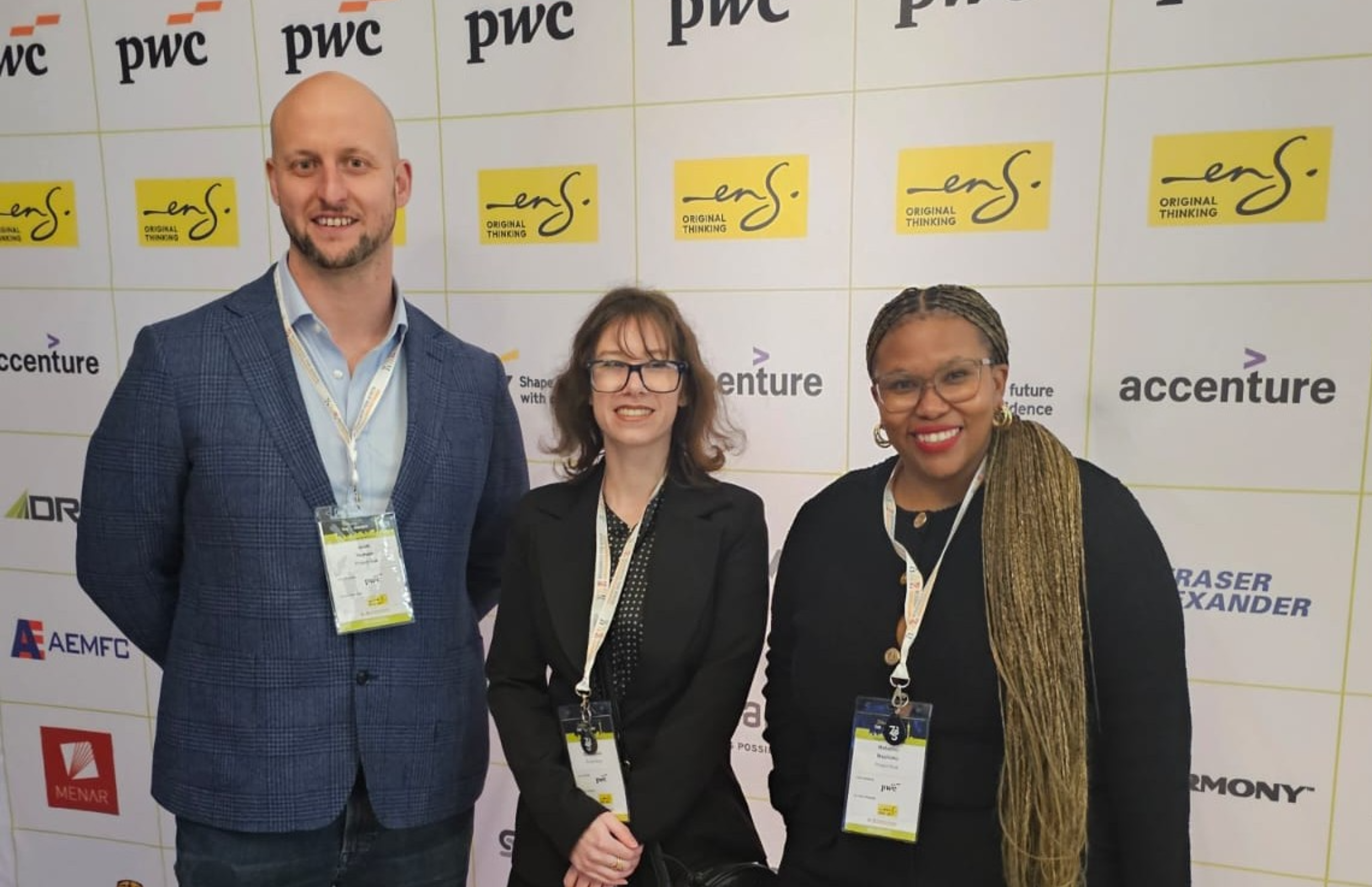Constructive conversations at the 2025 Joburg Indaba
News Analysis

27
Oct
2025
Constructive conversations at the 2025 Joburg Indaba
Project Blue had the pleasure of attending the 13th annual Joburg Indaba at the Inanda Club in October.
The conference brought together major mining companies, investors, and government leaders, including Minister of Minerals and Petroleum Resources Gwede Mantashe and his deputy, Phumzile Mgcina. Panel discussions and keynote speeches were centred around reshaping and securing the future of the mining industry, particularly in the platinum group metals (PGM), chrome, gold, coal, and diamond sectors—the fundamental commodities upon which the South African mining industry and, thus, the economy, was built.
Critical and constructive conversations took place, with industry leaders emphasising the urgent need to reclaim South Africa’s deteriorating mining jurisdiction by eradicating existing infrastructural bottlenecks (i.e. power constraints and logistical inefficiencies).
Day one:
Opening statements
Day one commenced with the soaring prices of gold (hitting US$4,000/oz), platinum (~US$1,600/oz), and palladium (~US$1,500/oz) being addressed. Discussions with CEOs from the major PGM producers—Craig Miller (Valterra Platinum), Nico Muller (Impala Platinum), and Richard Steward (Sibanye-Stillwater)—underscored a critical challenge facing the South African PGM industry; despite hosting 70% of the world’s reserves, the country remains significantly underexplored. Industry leaders reported that, despite improved PGM prices, profitability remains constrained by high operational costs, persistent power outages, deteriorating infrastructure, and labour unrest.
Over the years, investor confidence in the South African mining industry has significantly declined due to a regulatory framework that delays progression from mineral exploration to mining by up to a decade.
Making progress
Regulatory stability and a more efficient mineral rights system are required to attract the long-term investment that the industry so desperately needs. In a positive development, the Minister confirmed the ongoing rollout of the long-delayed mineral cadastre in a move designed to improve transparency in licensing.
This development was complemented by significant financial commitments, including an investment of ZAR600M (US$34.82M) by Anglo American in the junior exploration fund as part of the Anglo Teck deal and a ZAR1.35Bn (US$0.078Bn) allocation from the Public Investment Corporation to support early-stage mining projects.
Looking to the future, PGM miners emphasised the need for downstream beneficiation to support local manufacturing, particularly regarding autocatalyst components, to capture greater value from the country’s mineral wealth and reduce reliance on raw exports.
Day two:
Energy constraints
Coal remains critical and was declared as such in May 2025, accounting for more than 80% of South Africa’s electricity generation in 2024, whilst solar and wind generation accounted for just over 12%, according to independent energy think tank Ember. Notably, the volume of installed renewable capacity connected to the national grid was unchanged between 2022 and 2024 due to a lack of grid capacity, with South African operators reliant on coal-fired power stations and coal mines.
Whilst the buildout of renewable energy represents a significant megatrend, realistically, coal remains affordable and reliable, with wind and solar unable to meet the periodic upcycles in power demand due to the associated high costs and grid requirements. Regarding ferrochrome, of South Africa’s more than 50 smelters, only two furnaces are currently online, highlighting the need for cheap baseload to fuel energy-intensive sectors.
In other jurisdictions, funding is flowing into coal-fired power stations and coal mines to meet rapidly increasing demand related to data centres. Meanwhile, operators in South Africa struggle to secure affordable baseload from the state-owned electricity provider, Eskom. Nevertheless, Eskom’s energy availability factor (EAF) has improved dramatically since the peak of loadshedding, following careful execution and leadership changes, with the question on everyone’s mind being, “Can Eskom supply cheap, affordable, sustainable power again?”
Although management has been challenged to implement single-digit rate increases in line with CPI going forward, costs will need to be reduced by ZAR112Bn (US$6.50Bn) over the next five years to achieve this.
Infrastructure bottlenecks
The failure of the logistical and rail infrastructure of the state-owned freight and logistics company, Transnet, is seen as a greater threat than that of Eskom’s power infrastructure. If Transnet were functioning at its previous capacity, the mining industry and economy would certainly have exhibited improved performance.
However, although Transnet delivered a net loss compared to Eskom’s net profit (the first in eight years for the state-owned enterprise), the business is showing signs of stabilisation. Customer collaboration will be a key path forward, with significant upgrades in the pipeline.
Regional significance
Despite the abovementioned challenges, opportunities exist for the domestic mining industry. South Africa is endowed with notable resources, including PGMs, manganese, and chrome, and has the potential to participate in the global race to establish secure mineral supply chains.
Furthermore, as multilateral and other agreements come to an end, collaboration between countries and governments in the Southern African region could play a crucial role in fostering a constructive environment for mining and beneficiation.
Final takeaways
Despite the difficulties faced by South African companies, especially those operating in extremely energy-intensive sectors that are reliant on affordable baseload, players remain confident, yet not unrealistically optimistic.
With the volume of capacity currently at risk due to its operational status, there is a heightened sense of urgency to bring units back online and mitigate the permanent closure of capacity. However, for the mining industry to simultaneously achieve strong economic growth and meaningful transformation, the correct leadership and policy will be required.
Furthermore, the shifting geopolitics of critical minerals, along with the acceleration of technology, could provide South Africa with a strategic advantage over other mining jurisdictions. However, this potential can only be realised if all stakeholders across all aspects of the value chain collaborate to develop a mining industry that is open, transparent, globally competitive, and fosters national development.
The overall sentiment from the Joburg Indaba is that South Africa, with its mineral wealth, needs to establish secure mineral supply chains to once again become a significant player, rather than a follower and bystander in the global minerals race. The main issues to be resolved to encourage growth include policy, energy (tariff), and railway infrastructure reforms.